Having two-factor authentication is like having a backup to your password, providing a safety net that ensures cybercriminals do not get through without the right key.
The concept of layered security is not new. In actuality, banks have been doing this for years.
The bank’s security personnel receive information from each new theft—or, preferably, from each attempted theft—that helps them develop new or better defenses. When an initial attack is stopped, would-be crooks continue attempting and picking up new skills.
As a result, banks developed multiple defenses over time so that even if one defense was defeated, another would continue to protect assets.
Attackers on the internet have been improving their techniques. This is especially true for the well-funded, well-organized nation-states and criminal organizations that already assault banks online.
Banking institutions had to implement encryption to create safe channels because criminals attacked sensitive transactions using strategies like man-in-the-middle attacks.
Banks had to set up multi-factor authentication when hackers attempted to access sensitive accounts using stolen user passwords. The sensitive data in banks’ systems were encrypted once it became evident that corporate databases were being breached.
Contents
What Is Two-Factor Authentication?
Two-factor authentication, or 2FA, is a strengthened method for securing your access to and use of internet banking and is now an essential part of security for personal finances in Malaysia.
A security procedure known as two-factor authentication requires the user to supply two forms of identity.
One of these is often a tangible token that creates a One-Time-Password. The second is usually anything that you memorize, such as your username, password, and organization ID.
The two components are sometimes referred to as “something you have” and “something you know” in this context.
These two elements working together can increase security when conducting online banking operations.
As it quickly eliminates the risks connected with compromised passwords, 2FA is crucial to web security. If a password is stolen, guessed, or even phished, that is no longer sufficient to grant access because a password alone is useless without authorization at the second factor.
Corporate data breaches are not surprising given how simple it is for hackers to steal username and password combinations. And when they do, a way to prevent your sensitive data from being stolen is via two-factor authentication.
Your online accounts are given an additional layer of security using 2FA. Beyond just the username and password, access to the account requires a second login credential and obtaining that second credential necessitates access to something that is yours (example, your email account).
The Importance of 2FA and Password Management
As it gains popularity, some authorities are considering making some industries comply with two-factor authentication requirements. Others may follow suit as concerns about cyber security continue to rise and cyberattacks become more frequent.
Even if it’s not mandated by law, regular password management can help stop unwanted intruders from accessing password-protected data within your firm.
The availability, secrecy, and integrity of a company’s credentials are all protected by effective password management.
Consider drafting a password policy outlining all the standards the company has for password management. You may want to make employees subject to this policy’s requirements to regularly update their passwords, refrain from using the same password for several accounts, and include distinct characters in their passwords.
Some Common 2FA Approaches
#1. SMS 2FA
You will frequently be prompted for a phone number when you enable the SMS 2FA option on a website.
The next time you use your username and password to log in, you’ll also be prompted to enter a short code (usually between 5 and 6 digits long), which will be texted to your phone.
Since many individuals have phone numbers that can send and receive SMS messages, this option is quite popular with websites because it doesn’t call for the downloading of an app.
Compared to merely using a username and password, it offers a huge improvement in account security.
#2. Authenticator App / TOTP 2FA
Using an application that generates codes locally based on a secret key is another 2FA phone-based alternative. FreeOTP is a free alternative to Google Authenticator, a widely popular app for this.
Time-Based One Time Password (TOTP), the underlying technology for this type of 2FA, is a component of the Open Authentication (OATH) architecture and should not be confused with OAuth, which powers the “Log in with Facebook” and “Login with Twitter” buttons.
#3. Push-Based 2FA
Some systems, such as Apple’s Trusted Devices approach and Duo Push, can send a login prompt to one of your devices.
This popup will reveal that someone is trying to log in and it will also provide an estimated location. You are then able to allow or reject the attempted login.
Is 2FA The Perfect Solution?
Each month, there are more and more reports of significant data breaches at well-known firms, and 2FA authentication is quickly emerging as the norm for countering such attempts at breaches.
Even though there are ways to work around 2FA, doing so is still safer than simply using a login and password. The attacker would still need to defeat two authentication cycles as opposed to only one for usernames and passwords to get around 2FA.
You might be wondering, “Why not use multifactor authentication if 2FA is still vulnerable?”
Well, there are ways around even multifactor authentication. It doesn’t take a great hacker to break speech recognition using the current “something you are” authentication mechanisms that are implemented on people’s gadgets.
However, as the sector develops, it picks up new knowledge quickly. For instance, the iPhoneX does face recognition much better than some of the older iPhone models because it uses two high-definition cameras that are placed apart.
The expectation is that at some point multifactor authentication may become quite hard to fake as more secure and strong versions become available.
The Reason to Activate 2FA
Because it quickly eliminates the risks connected with compromised passwords, 2FA is crucial to web security. If a password is stolen, guessed, or even phished, that is no longer sufficient to grant access because a password alone is useless without authorization at the second factor.
Additionally, 2FA actively involves users in the process of staying secure and fosters an environment where users become informed participants in their digital safety, all of which are essential to maintaining a strong security posture. A user must respond to the query “Did I initiate that, or is someone attempting to access my account?” when they receive a 2FA message.
This emphasis how crucial security is for every transaction. With 2FA, users and administrators work together to secure the website, as opposed to the majority of existing web security techniques that are passive and don’t include users as partners.
Strong web security in the post-password era depends on a dynamic strategy constructed from a mix of tools and regulations.
Never rely on just one technique to provide complete security. That means two things:
- It is time to adapt if you’re still using passwords alone, and utilizing 2FA is a good starting step.
- While 2FA is an essential security tool, it works best when used in conjunction with other security tools and policies to form a coordinated plan.
Conclusion
2FA, in a nutshell, is a tool to secure and protect. But without correct usage, 2FA can be just as worthless as using 1234 as your password. A combination of good online security practices and 2FA is the best.
Is your bank using just one factor authentication for its online transactions? Let us know in the comments down below.

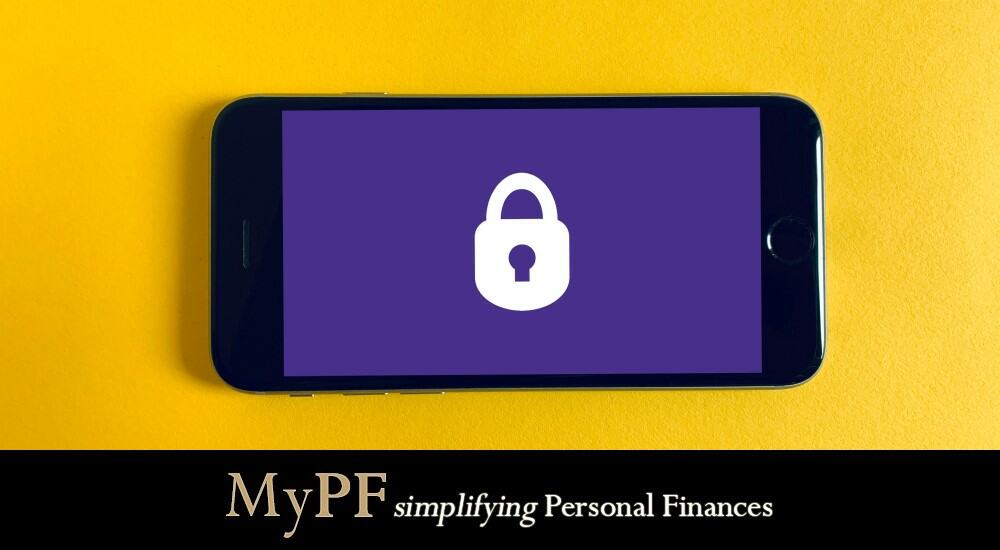
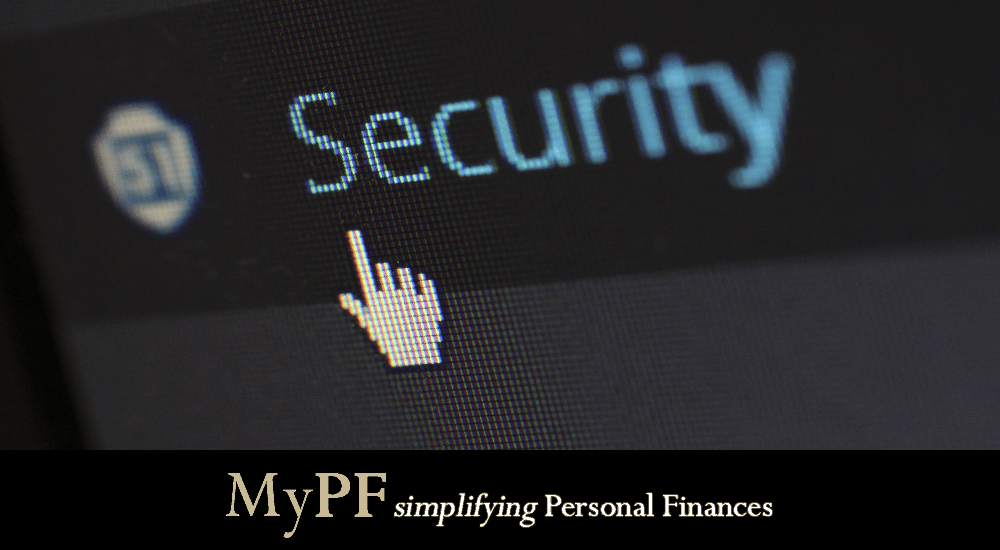
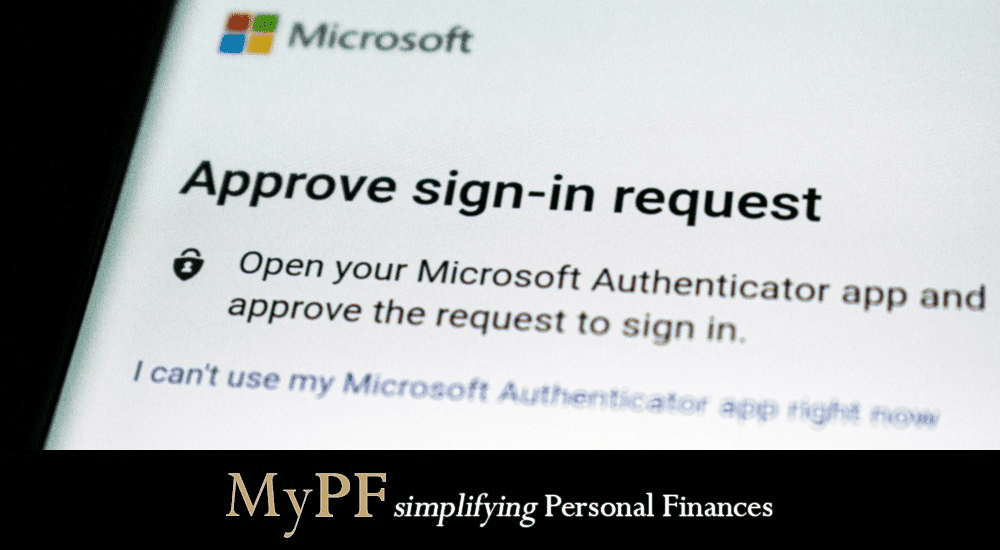
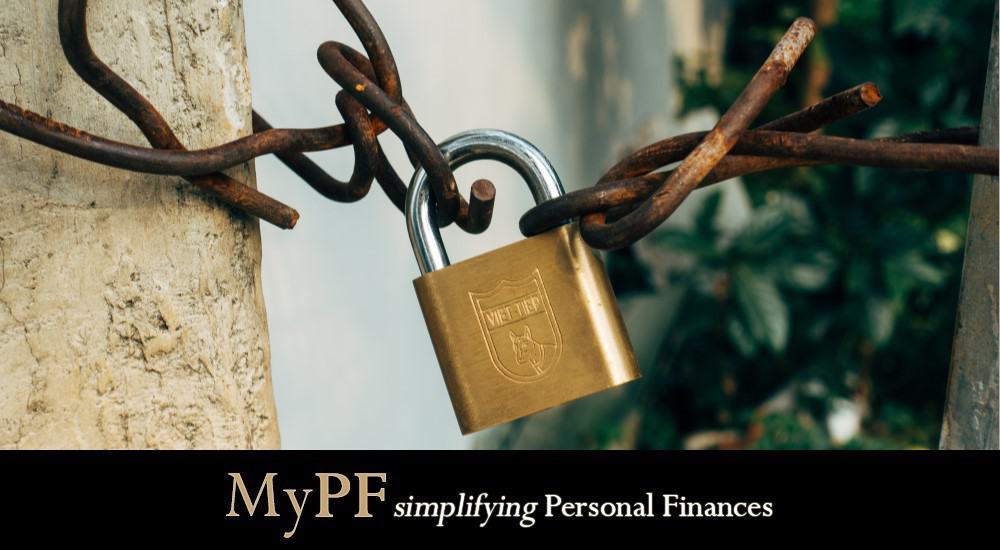
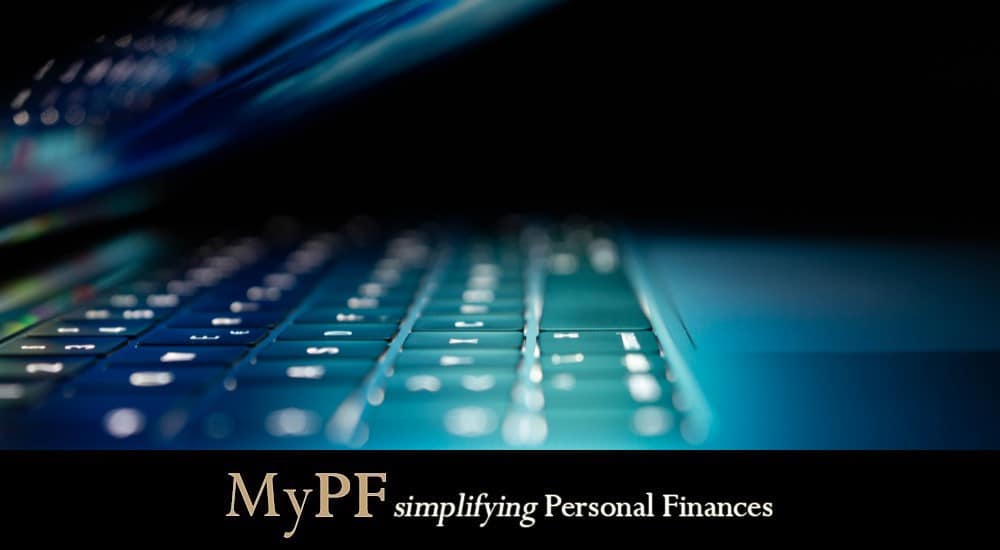

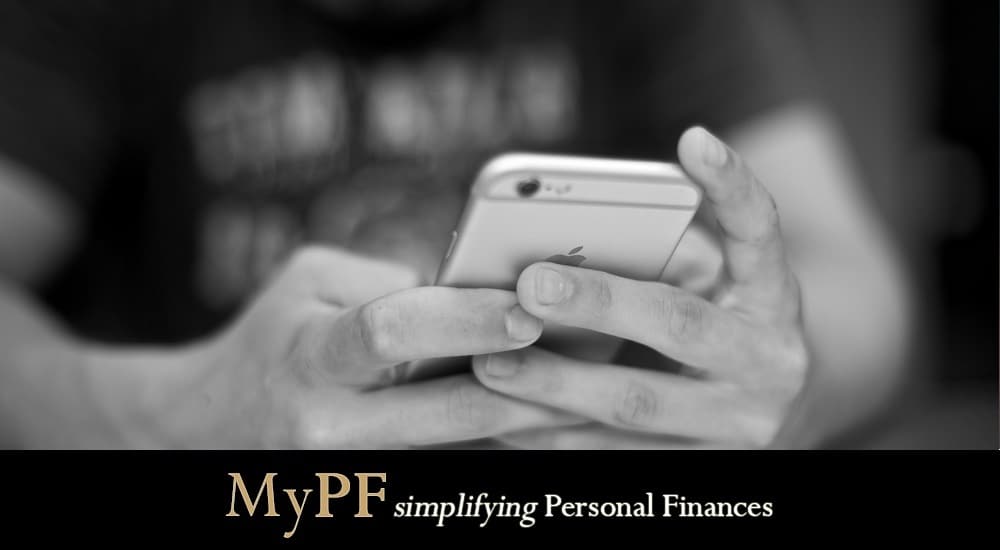
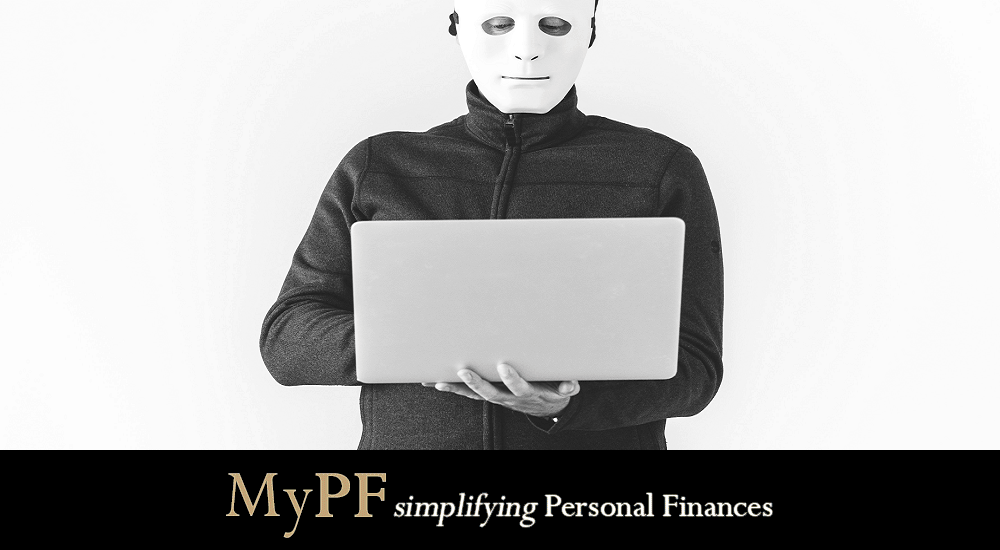


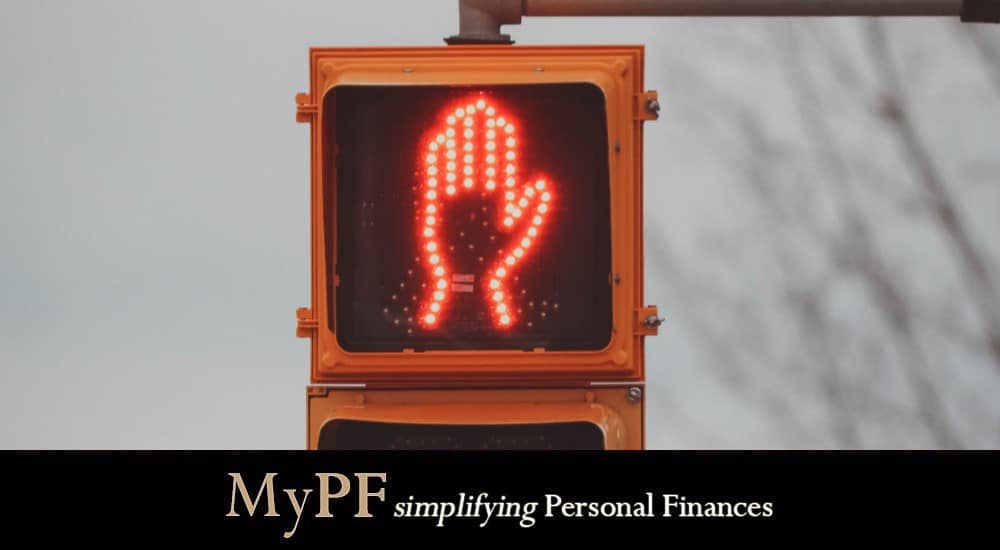



Leave A Comment